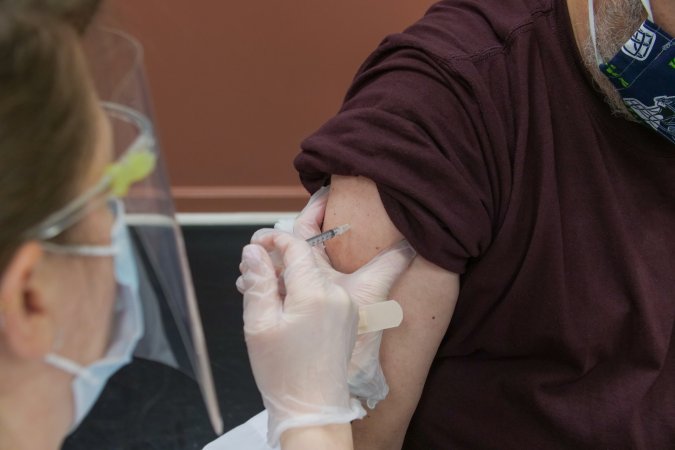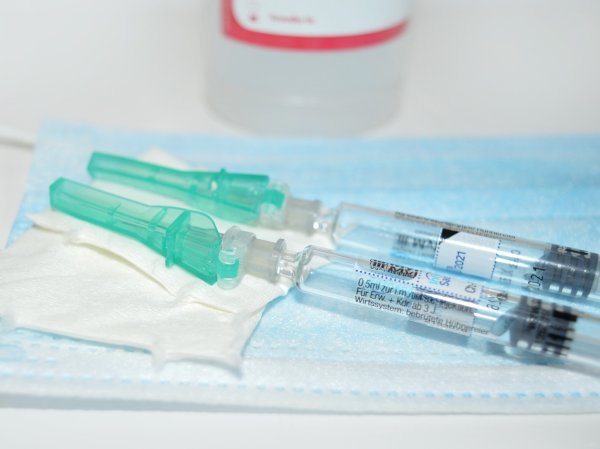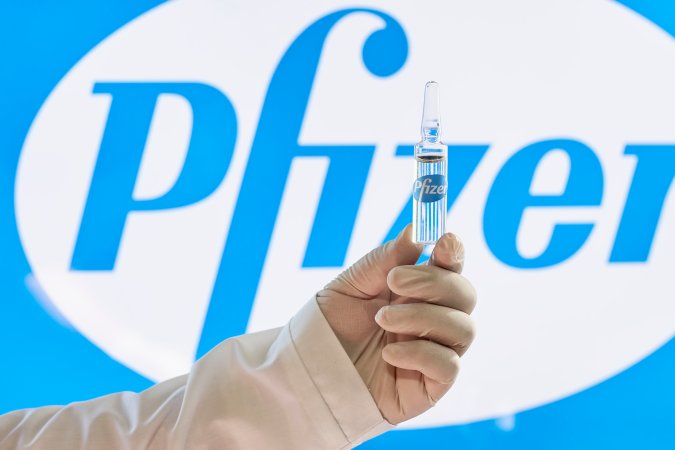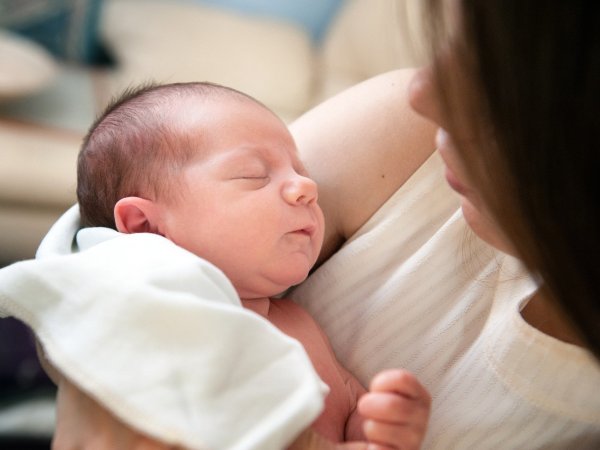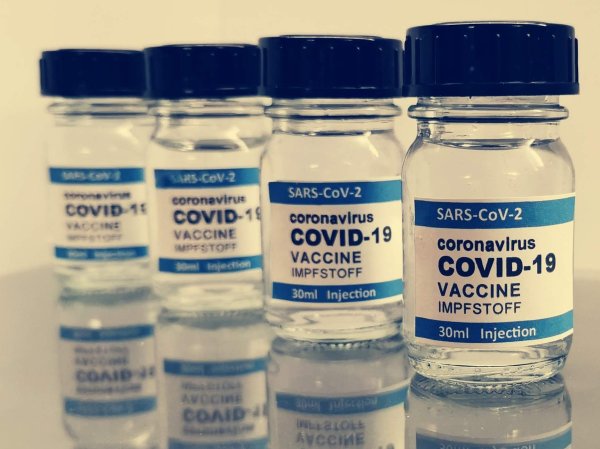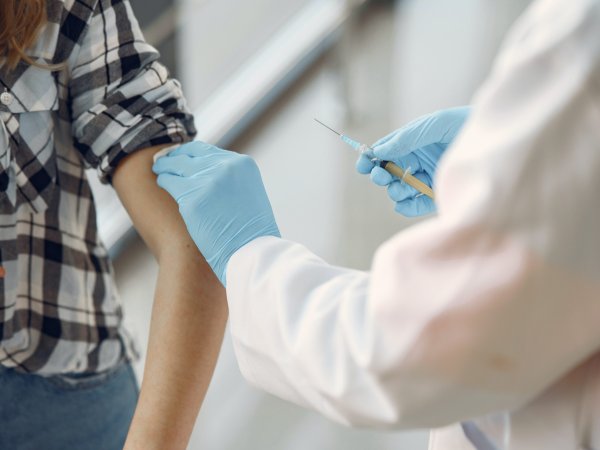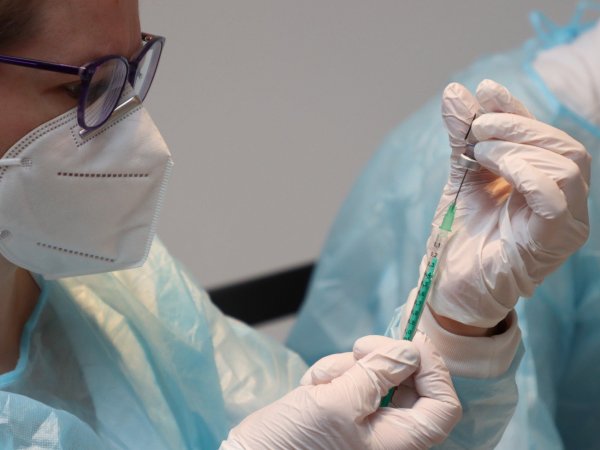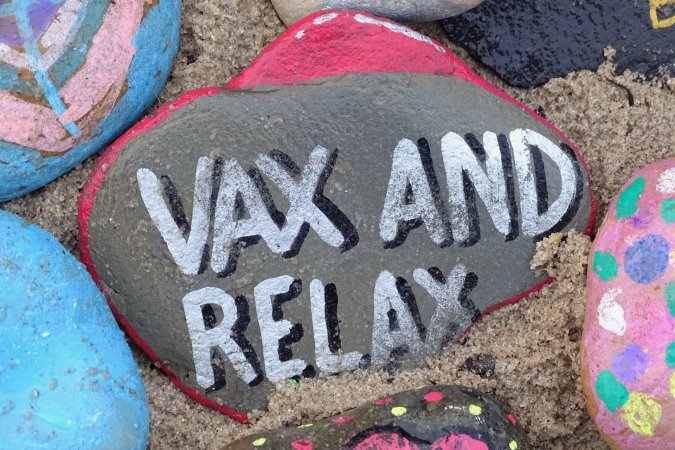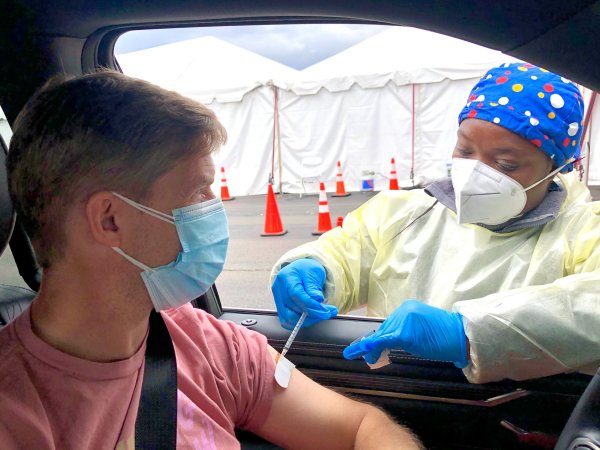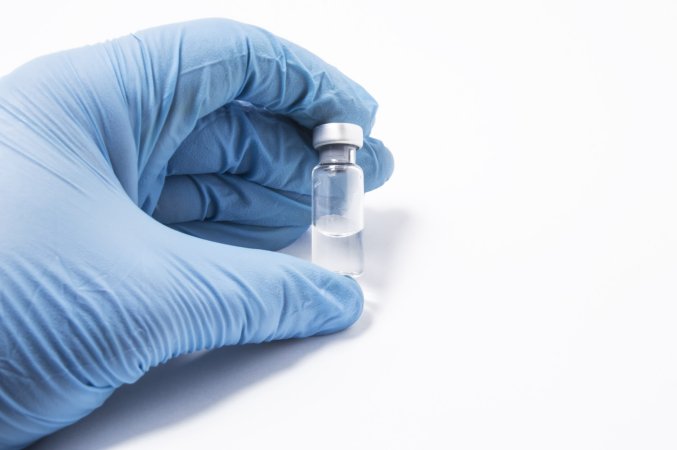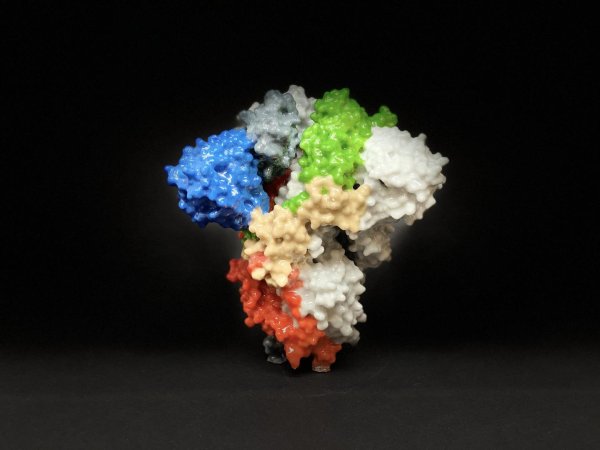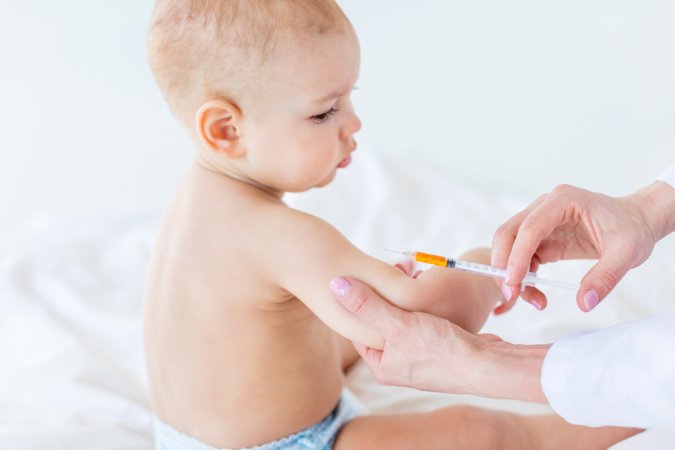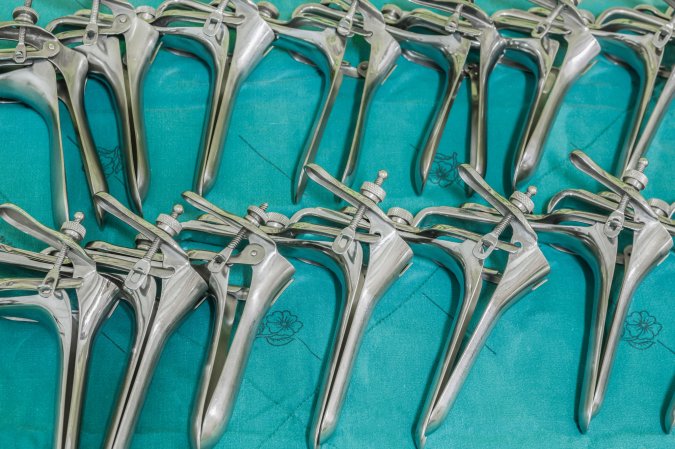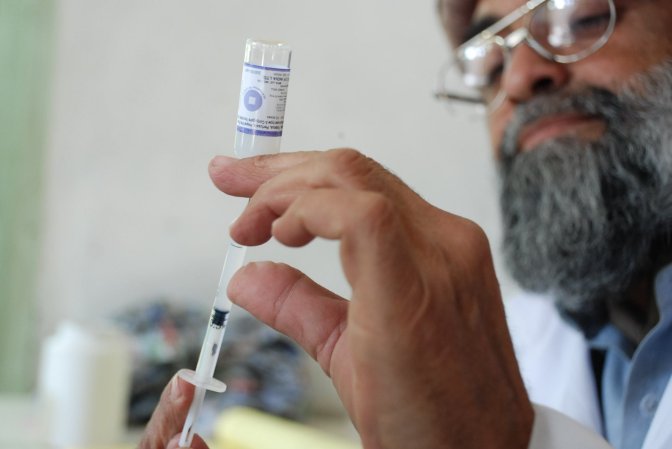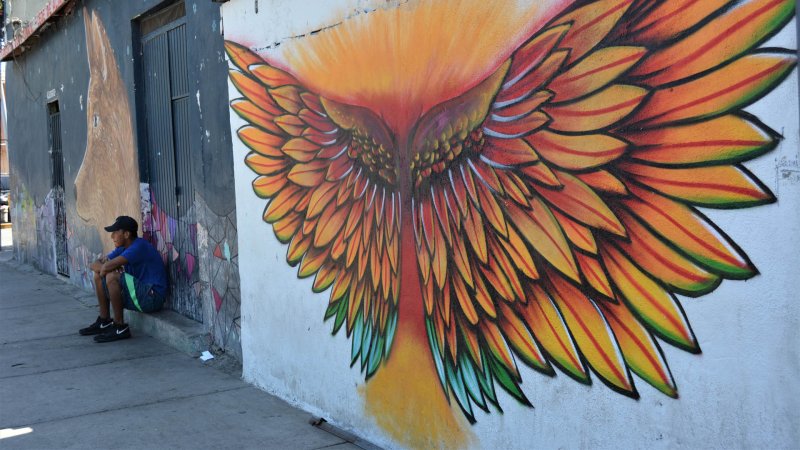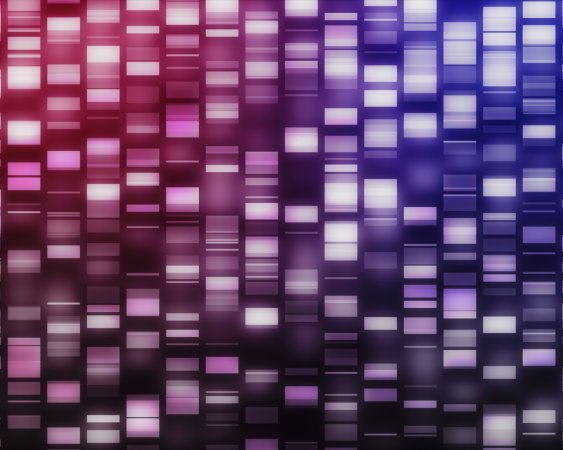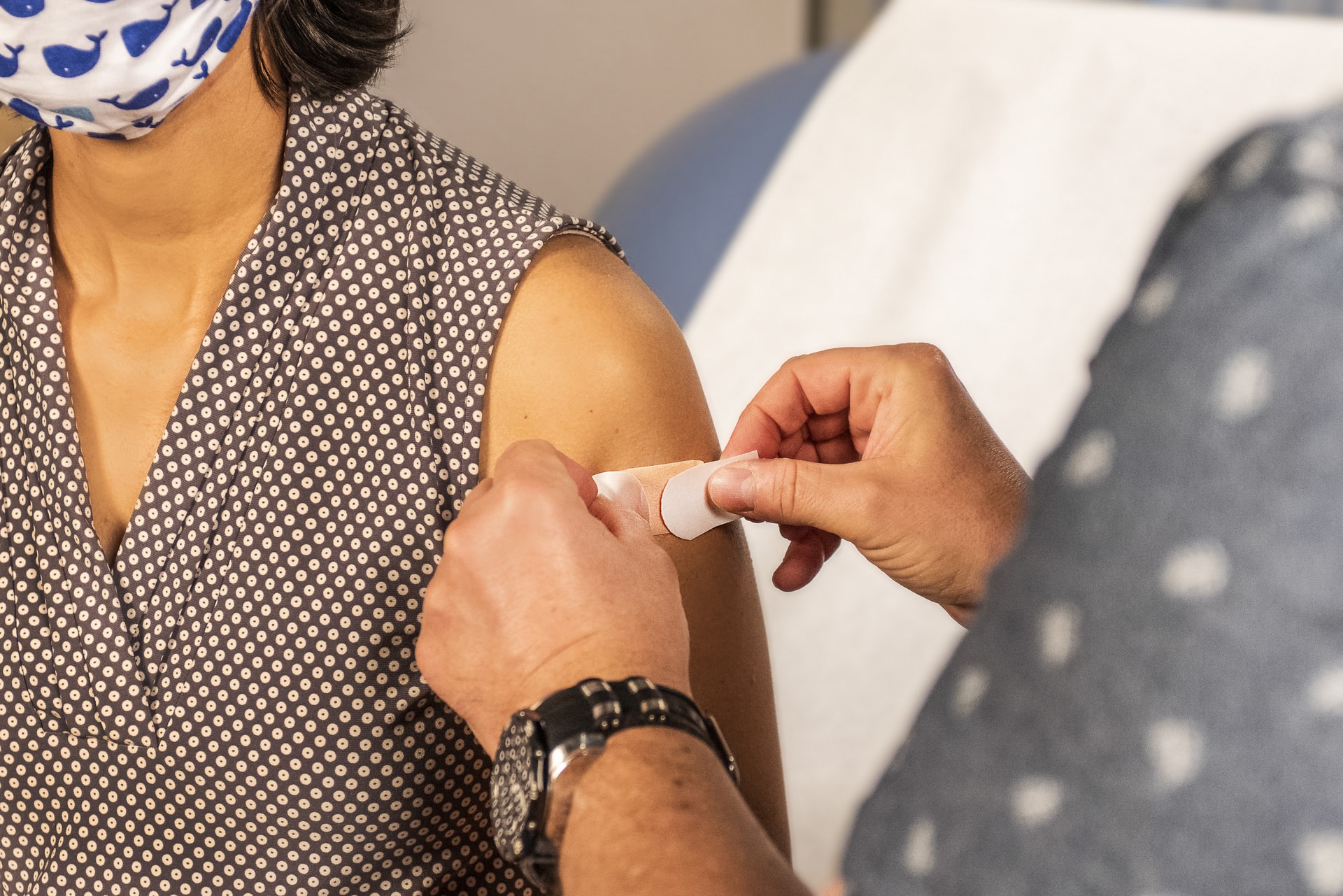

Just a single dose of vaccine against human papillomavirus may be enough to protect against HPV and cervical cancer, according to new research. The HPV vaccine is normally administered in two- or three-dose regimens, but an effective single-dose schedule could make it easier for countries to vaccinate their populations of women.
Between December 2018 and June 2021, researchers randomly assigned 2,275 Kenyan girls and women between 15 and 20 years old to receive a dose of either the HPV vaccine or a different vaccine unrelated to HPV. They found that just one dose of an HPV vaccine was around 90 percent effective at preventing several strains of HPV after 18 months. The findings were published in the New England Journal of Medicine Evidence on Monday.
The single-dose efficacy was so high—and comparable to that of multi-dose vaccines—that the findings support the adoption of a single-dose HPV vaccination campaign, Peter Dull, deputy director of vaccine development and surveillance at the Bill & Melinda Gates Foundation, which funded the study, said in a statement. Such a campaign could increase vaccine accessibility in low- and middle-income countries, he added, which would help the World Health Organization reach its goal to have 90 percent of 15-year-old girls vaccinated against HPV by 2030.
“I believe that I will see cervical cancer eliminated in my lifetime,” co-author of the study Maricianah Onono at the Kenya Medical Research Institute said in a statement. “So, let’s do this—one shot for every woman!”
[Related: HPV vaccination in the UK has prevented thousands of cases of cervical cancer]
Sexually transmitted HPV causes more than 95 percent of cervical cancer. It’s the fourth most common type of cancer in women globally, according to the WHO, and 90 percent of the women living with HPV are located in low- and middle-income countries. Although HPV vaccines are highly protective, and have been commercially available for more than 15 years, global uptake of the life-saving vaccine has been slow. In 2020, only 13 percent of eligible women and children worldwide had received two doses.
By comparison, in the United States, 77 percent of female adolescents aged 13 to 17 have received at least one dose of HPV vaccine, while 61 percent have received at least two, according to the Centers for Disease Control and Prevention’s most recent data from 2020. The version of the vaccine most widely available in the US today, Gardasil 9, is a two- or three-dose regimen, depending on how the shots are spaced, which protects against nine strains of HPV. According to the CDC, since 2006 “infections with HPV types that cause most HPV cancers and genital warts have dropped 88 percent among teen girls and 81 percent among young adult women.”
Increasing equitable access for the HPV vaccine is a serious concern, says the WHO—especially when the vaccine prevents cancer so effectively. “We need political commitment complemented with equitable pathways for the accessibility of the HPV vaccine,” WHO Assistant Director-General Princess Nothemba Simelela said in a statement. “Failure to do so is an injustice to the generation of girls and young women who may be at risk of cervical cancer.”

